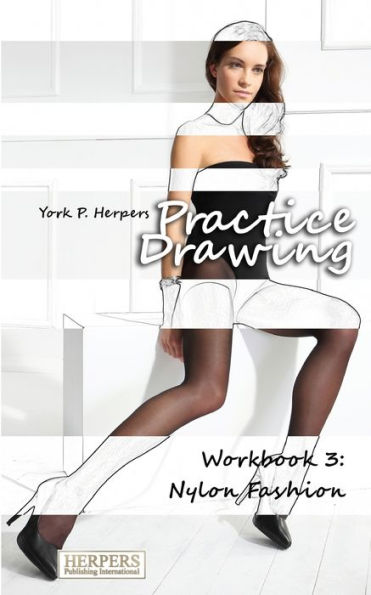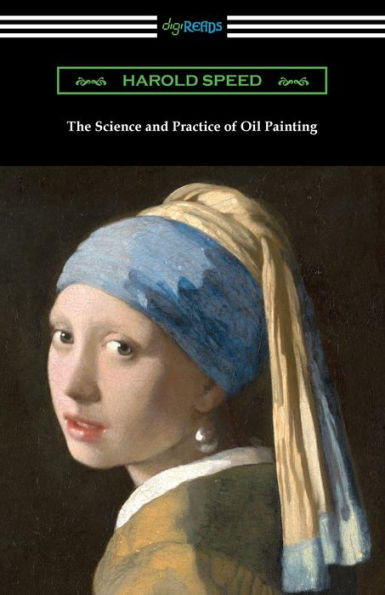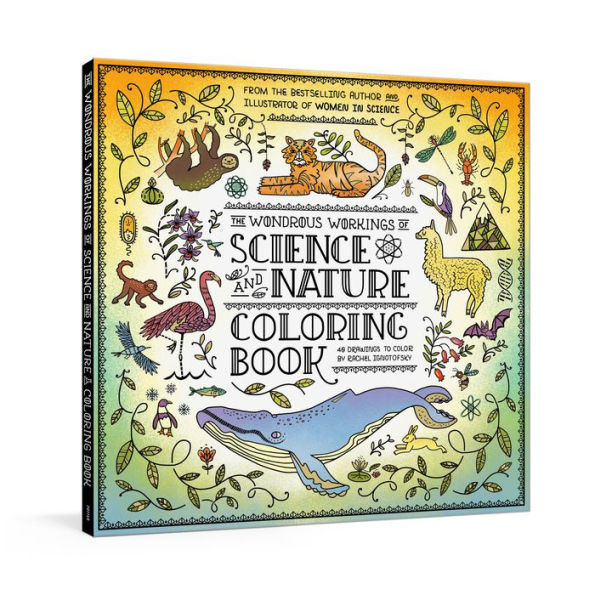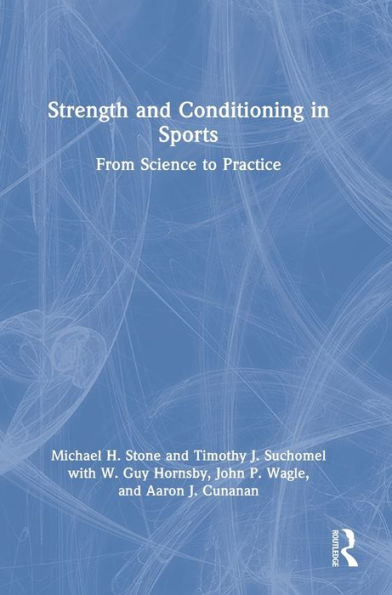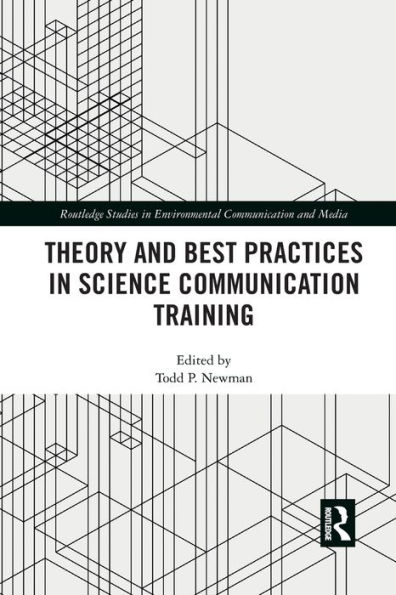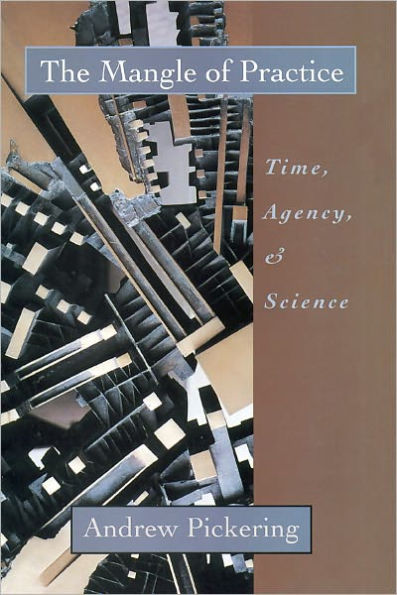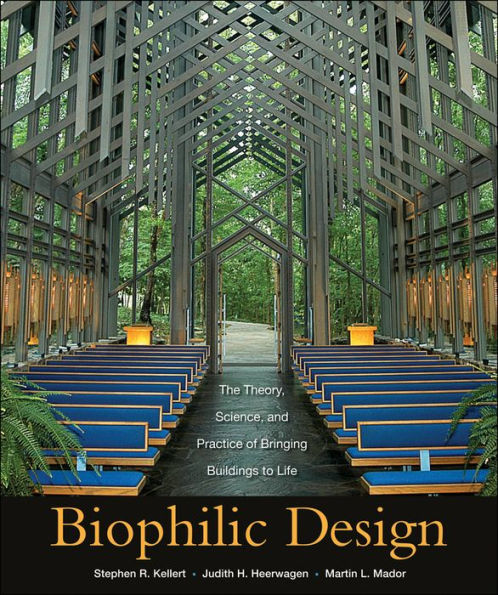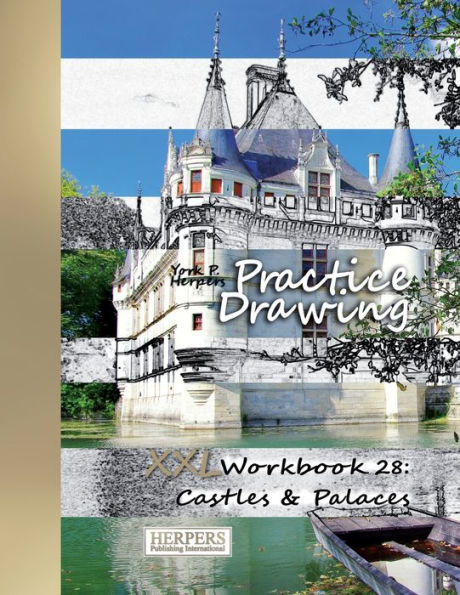Home
The Practice and Science of Drawing
Barnes and Noble
The Practice and Science of Drawing
Current price: $35.99


Barnes and Noble
The Practice and Science of Drawing
Current price: $35.99
Size: Hardcover
Loading Inventory...
*Product information may vary - to confirm product availability, pricing, shipping and return information please contact Barnes and Noble
A must-have book for every artist.
This book is a comprehensive treatise on the practice and scientific discipline of drawing. Educated in the rigorous, formal training of the prestigious Royal Academy, Harold Speed distills his knowledge of the materials and methods of academic drawing. He offers intelligent and thoughtful insight learned during his distinguished carrier as one of England's greatest portrait painters. More than just a technical manual, the book questions and challenges the definition of art. Speed investigates the theoretical underpinnings on what elevates a drawing beyond mere mechanical accuracy. Throughout, he discusses how an artistic freedom he terms "dither" allows the artist to imbue in a work, their own individual vision.
Harold Speed (1872-1957) was an English portrait painter. He studied architecture at the Royal College of Art, but after discovering a passion for painting, completed his education in the fine arts at the Royal Academy. He was a member of the Royal Society of Portrait Painters and is best known for his figurative work in oil and red chalk. His technical and theoretical writings continue to inspire a new generation of artists.
This book is a comprehensive treatise on the practice and scientific discipline of drawing. Educated in the rigorous, formal training of the prestigious Royal Academy, Harold Speed distills his knowledge of the materials and methods of academic drawing. He offers intelligent and thoughtful insight learned during his distinguished carrier as one of England's greatest portrait painters. More than just a technical manual, the book questions and challenges the definition of art. Speed investigates the theoretical underpinnings on what elevates a drawing beyond mere mechanical accuracy. Throughout, he discusses how an artistic freedom he terms "dither" allows the artist to imbue in a work, their own individual vision.
Harold Speed (1872-1957) was an English portrait painter. He studied architecture at the Royal College of Art, but after discovering a passion for painting, completed his education in the fine arts at the Royal Academy. He was a member of the Royal Society of Portrait Painters and is best known for his figurative work in oil and red chalk. His technical and theoretical writings continue to inspire a new generation of artists.
